Chasing Celestial Snowballs: Observing and Photographing Comet SWAN25F
 |
| Comet SWAN 25F taken by Chris Shur. |
Are you an astrophotographer or amateur astronomer looking for your next celestial challenge? Look no further than the captivating Comet SWAN25F! This newly discovered comet has been generating excitement in the astronomical community, and for good reason. With a little planning and the right equipment, you can observe and even photograph this icy wanderer from your own backyard.
A Green Guest in the Dawn Sky, Comet SWAN25F, designated C/2025 F2 (SWAN), was discovered in late March 2025 and has quickly become a target of interest for stargazers. It was first identified through images captured by the Solar Wind Anisotropies (SWAN) instrument aboard the Solar and Heliospheric Observatory (SOHO), a joint mission between NASA and the European Space Agency. The discovery highlights the important role citizen scientists play in astronomy, with Australian amateur astronomer Michael Mattiazzo credited as the primary discoverer.
Currently, Comet SWAN25F is moving northeast across the Great Square of Pegasus. To spot it, look low in the eastern sky at dawn. The comet has brightened to around magnitude 8.4, making it visible with binoculars and small telescopes.
 |
| Comet SWAN25F image by Josh Dury. |
One of the most striking features of Comet SWAN25F is its vibrant green hue. This emerald glow is due to the presence of dicarbon (C₂), a carbon compound that emits green light when excited by solar radiation. This makes it a visually rewarding target for astrophotography.
Gear Up for Comet Hunting
While Comet SWAN25F is visible with binoculars, a small telescope will significantly enhance your viewing experience. A refractor in the 80-100mm range or a reflector in the 114-150mm range is a great starting point. For astrophotography, telephoto lenses in the 135mm to 300mm range mounted on a DSLR or mirrorless camera can capture stunning images of the comet's coma and tail. A tracking mount is essential for longer exposures, compensating for the Earth's rotation and the comet's own movement.
Expert comet photographer Gerald Rhemann utilizes a professional-grade setup consisting of a 12-inch f/3.6 ASA astrograph paired with an ASI ZWO 6200 MM Pro camera. While this is top-tier equipment, successful comet imaging can be achieved with more modest setups.
Tips for Capturing Comet SWAN25F
- Find a dark location: Light pollution can make it difficult to spot faint comets. Escape the city lights for the best viewing experience.
- Use a tracking mount: Comets move relative to the stars, so a tracking mount is essential for sharp images during long exposures.
- Experiment with exposure times: Balance the need to collect enough light with the risk of motion blur. Start with exposures of 1-5 minutes.
- Process your images: Use image processing software to enhance the comet's details and bring out its beautiful green color.
Join the Hunt!
Comet SWAN25F offers a fantastic opportunity for astrophotographers and amateur astronomers to observe and capture a unique celestial event. With its bright green color and relatively accessible magnitude, it's a rewarding target for backyard telescopes. So, gather your gear, find a dark sky, and join the hunt for Comet SWAN25F! Share your observations and images with the astronomical community and contribute to our understanding of these fascinating icy wanderers.
Share your Comet SWAN25F observations and astrophotos online using #CometSWAN25F and connect with fellow astronomy enthusiasts!
Sources and References
[1]https://en.wikipedia.org/wiki/C/2025_F2_(SWAN)
[2]https://skyandtelescope.org/online-gallery/comet-swan25f-on-2025-april-6/
[3]https://practicalastrophotography.com/newly-discovered-comet-visible-in-morning-skies/
[4]https://science.unistellar.com/blog/comet-swan-an-unpredictable-journey/
[5]https://www.smithsonianmag.com/smart-news/a-newly-discovered-and-brilliantly-green-comet-is-dazzling-astronomers-heres-what-to-know-about-the-glowing-celestial-visitor-180986414/
[6]https://orbitaltoday.com/2025/04/07/amateur-astronomers-spot-new-green-comet-swan25f-can-you-see-it/
[7]https://www.skyatnightmagazine.com/news/c-2025-f2-swan
[8]https://www.skyatnightmagazine.com/news/comet-c-2025-f2-swan-falls-apart
[9]https://astroforumspace.com/how-to-capture-a-comet-with-a-telescope-from-your-backyard/
[10]https://www.astronomy.com/science/beginners-guide-how-to-photograph-comets/
[11]https://www.sci.news/astronomy/soho-comet-c2020-f8-swan-08426.html
[12]https://www.livescience.com/space/comets/amateur-astronomer-discovers-bright-green-comet-swan25f-and-you-can-see-it-too
[13]https://www.highpointscientific.com/astronomy-hub/post/astro-photography-guides/how-to-photograph-a-comet
[14]https://www.numberanalytics.com/blog/ultimate-guide-to-comets
[15]https://skyandtelescope.org/astronomy-blogs/imaging-foundations-richard-wright/comet-astrophotography/
[16]https://www.nikonusa.com/learn-and-explore/c/tips-and-techniques/tips-and-tricks-for-photographing-comets-in-the-night-sky
[17]https://www.digitalcameraworld.com/photography/astrophotography/astrophotography-in-may-2025-what-to-shoot-in-the-night-sky-this-month
[18]https://www.cobs.si
[19]https://www.psi.edu/blog/citizen-scientists-in-active-asteroids-program-find-rare-solar-system-objects/ [20]https://www.astroleague.org/comet-observing-program/
[21]https://sungrazer.nrl.navy.mil
[22]https://www.nasa.gov/solar-system/4000th-comet-discovered-by-esa-nasa-solar-observatory/
[23]https://science.nasa.gov/science-research/heliophysics/winners-selected-for-the-nasa-soho-comet-search-with-artificial-intelligence-open-science-challenge/
[24]https://www.space.com/soho-sun-observatory-5000-comet-discovery
[25]https://www.iflscience.com/may-1st-comet-about-to-face-the-sun-and-should-be-visible-to-the-naked-eye-78868

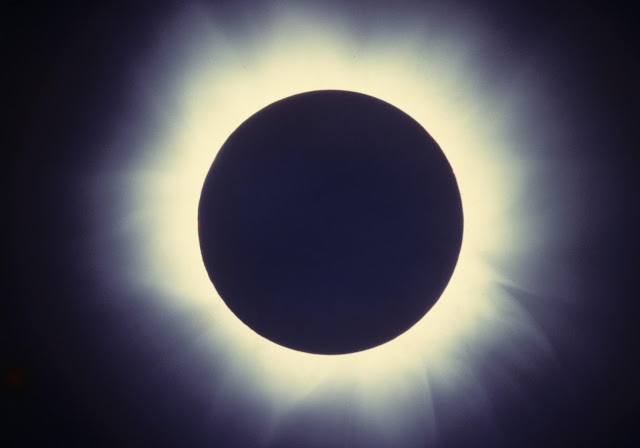
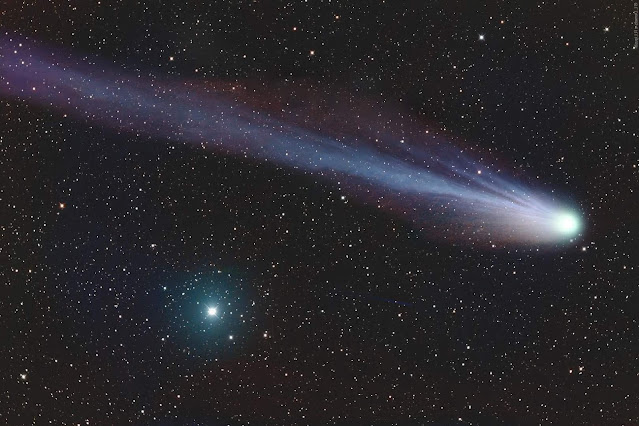

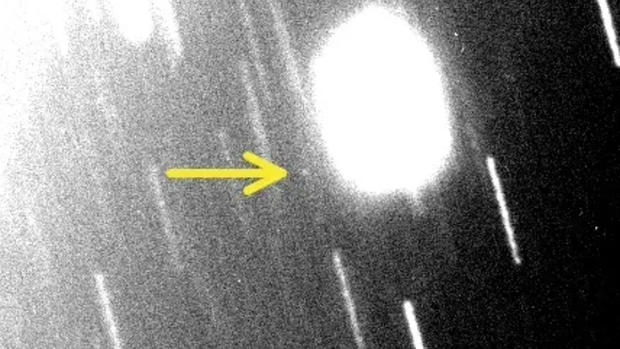


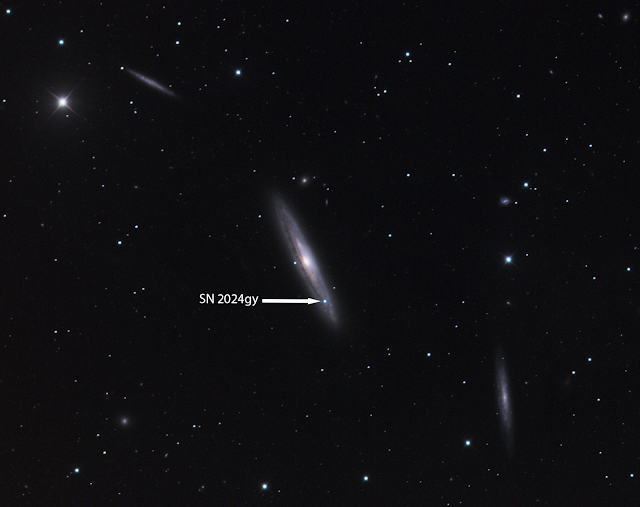
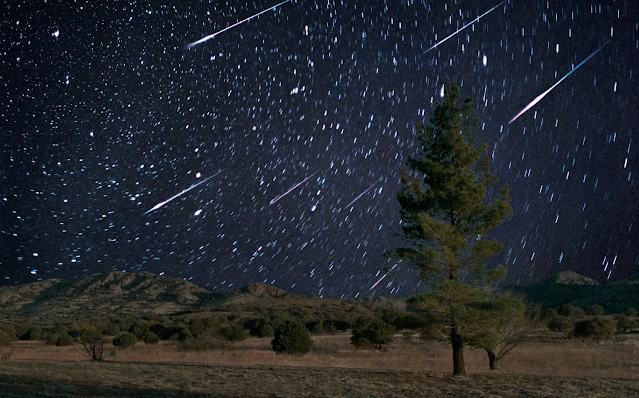
Comments
Post a Comment